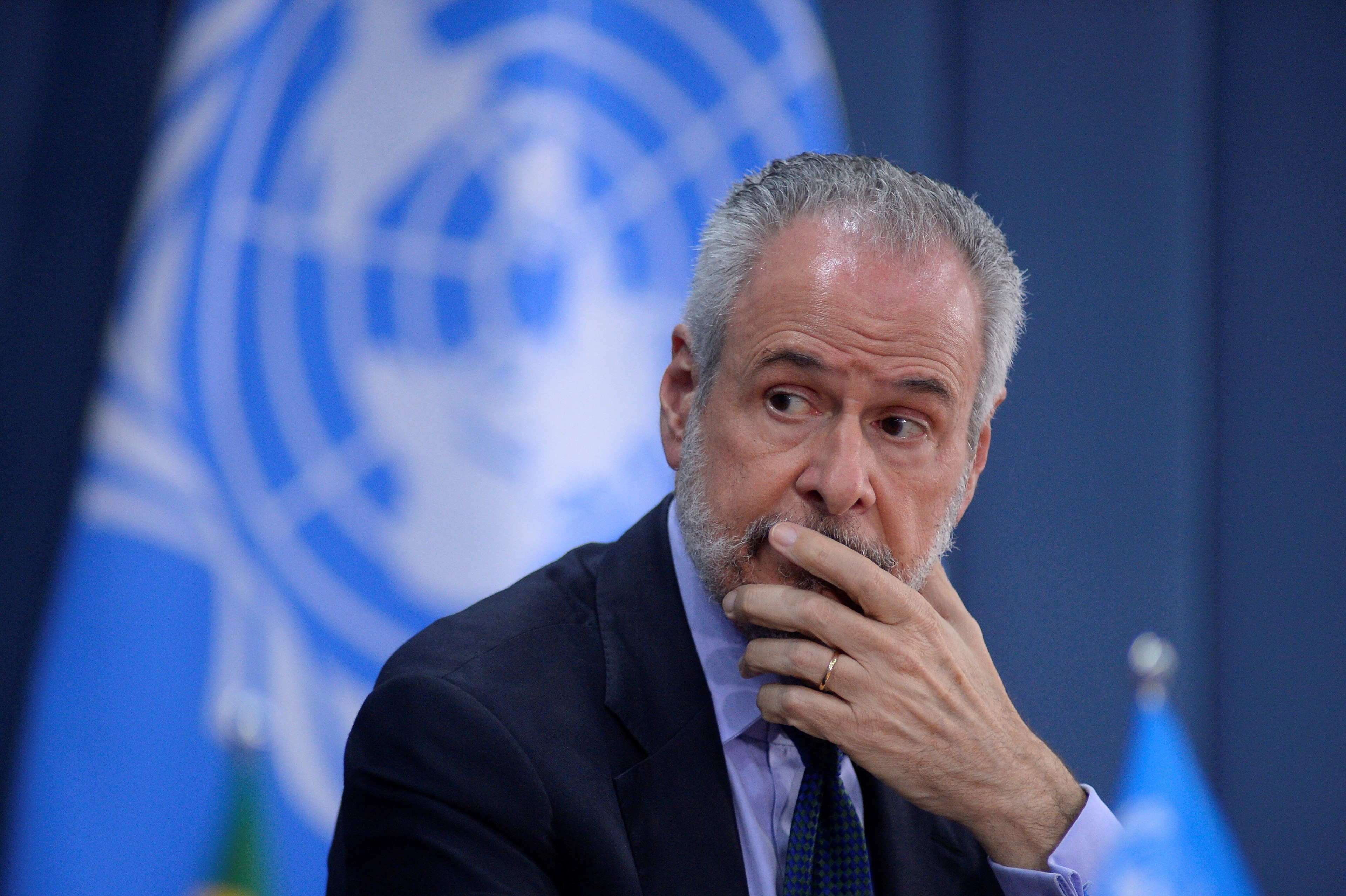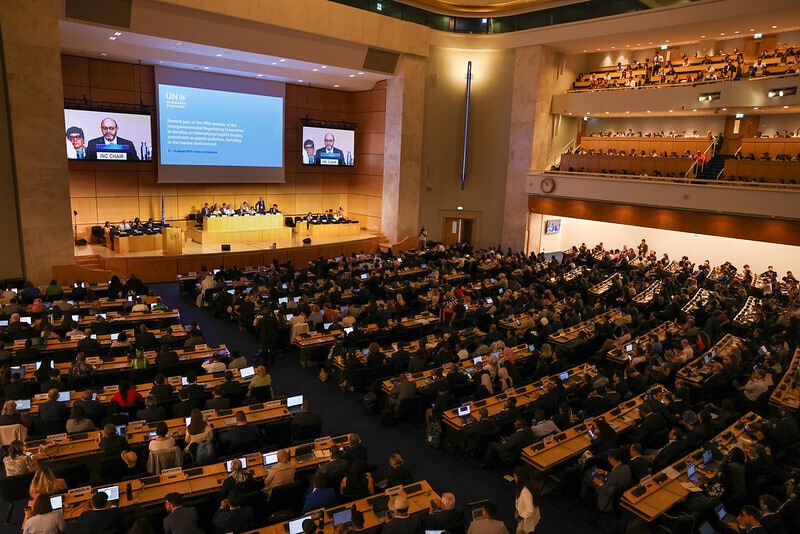These are the world’s fastest growing cities. They've got something else in common

The skyline of Dar es Salaam. REUTER/Andrew Emmanuel
Image: REUTERS/Andrew Emmanuel
Stay up to date:
Cities and Urbanization
You may not be surprised to learn that – worldwide – more people live in urban areas than in rural areas. That number is growing fast and by 2050 it’s anticipated that 66 per cent of the world’s population will be urban. The findings are presented in the World Urbanization Prospects 2014 Revision by the UN’s Department of Economic and Social Affairs.
Here are the top ten fastest growing cities in the world – and their projected growth by 2025:

The top 10 are all African - a measure of how fast the African content is growing.
Zooming out a little to look at individual countries, the report states that ‘just three countries – India, China and Nigeria – together are expected to account for 37 per cent of the projected growth of the world’s urban population by 2050’.

India and China – already densely populated countries – are expected to add 404 million and 292 million urban dwellers respectively. Nigeria is projected to add 212 million.
What are the reasons for urbanization?
Urbanization is linked with socio-economic growth and development; commerce, government and politics all play a part in the rise of urbanization, as do social transformations in health (longer life expectancy, lower fertility, ageing populations).
‘Urban living is often associated with higher levels of literacy and education, better health, greater access to social services, and enhanced opportunities for cultural and political participation’ explains the report.
And what about the challenges?
In 1990 there were just ten ‘megacities’ (that’s cities of over 10 million). In 25 years that figure rose to 28 megacities, accounting for 12% of the world’s urban inhabitants. This growth presents challenges. Ensuring there is sufficient transport, sanitation, education, health care, housing and utilities are major obstacles.
Citing the Rio +20 Conference, the report explains how it’s recognised that ‘cities can lead the way towards economically, socially and environmentally sustainable societies’ but to do so requires investment and planning to improve the living standards of both urban and rural inhabitants.
However, not all cities are experiencing such growth – in fact, some are in population decline. Typically, the reason for this is low-fertility. The country with the biggest population decline is Riga, Latvia, with a projected decline of 11.5 per cent by 2025.
Don't miss any update on this topic
Create a free account and access your personalized content collection with our latest publications and analyses.
License and Republishing
World Economic Forum articles may be republished in accordance with the Creative Commons Attribution-NonCommercial-NoDerivatives 4.0 International Public License, and in accordance with our Terms of Use.
The views expressed in this article are those of the author alone and not the World Economic Forum.
Related topics:
Forum Stories newsletter
Bringing you weekly curated insights and analysis on the global issues that matter.
More on Nature and BiodiversitySee all
David Elliott
August 27, 2025
Tom Crowfoot
August 20, 2025
Chavalit Frederick Tsao
August 19, 2025
Andrea Willige
August 15, 2025
Tom Crowfoot
August 14, 2025





